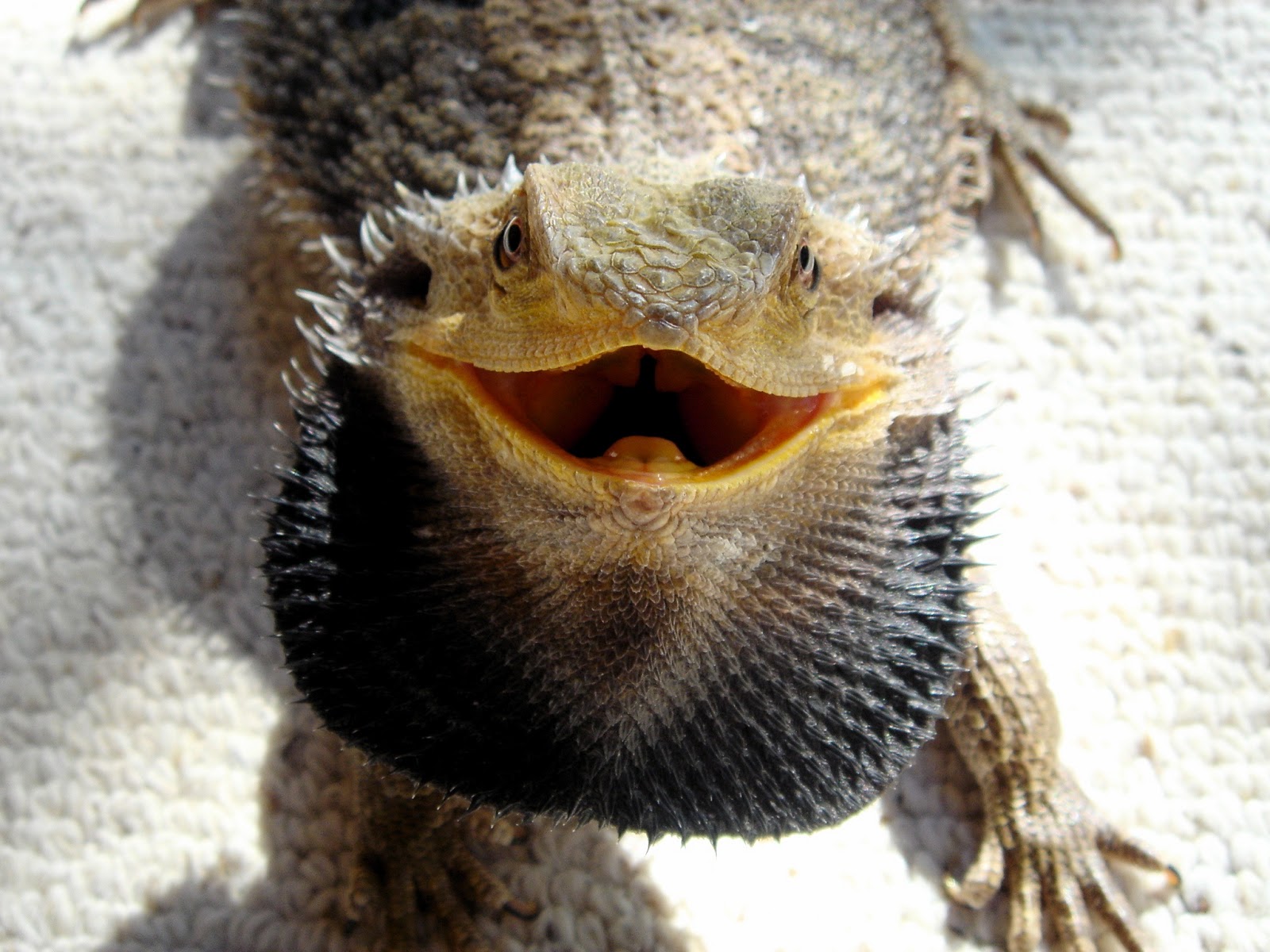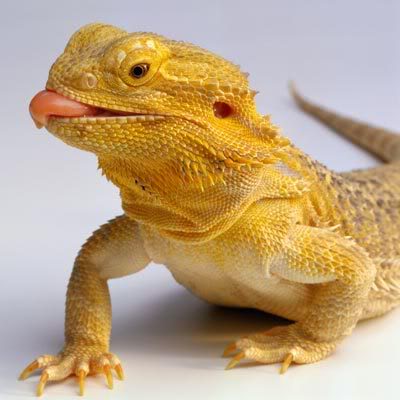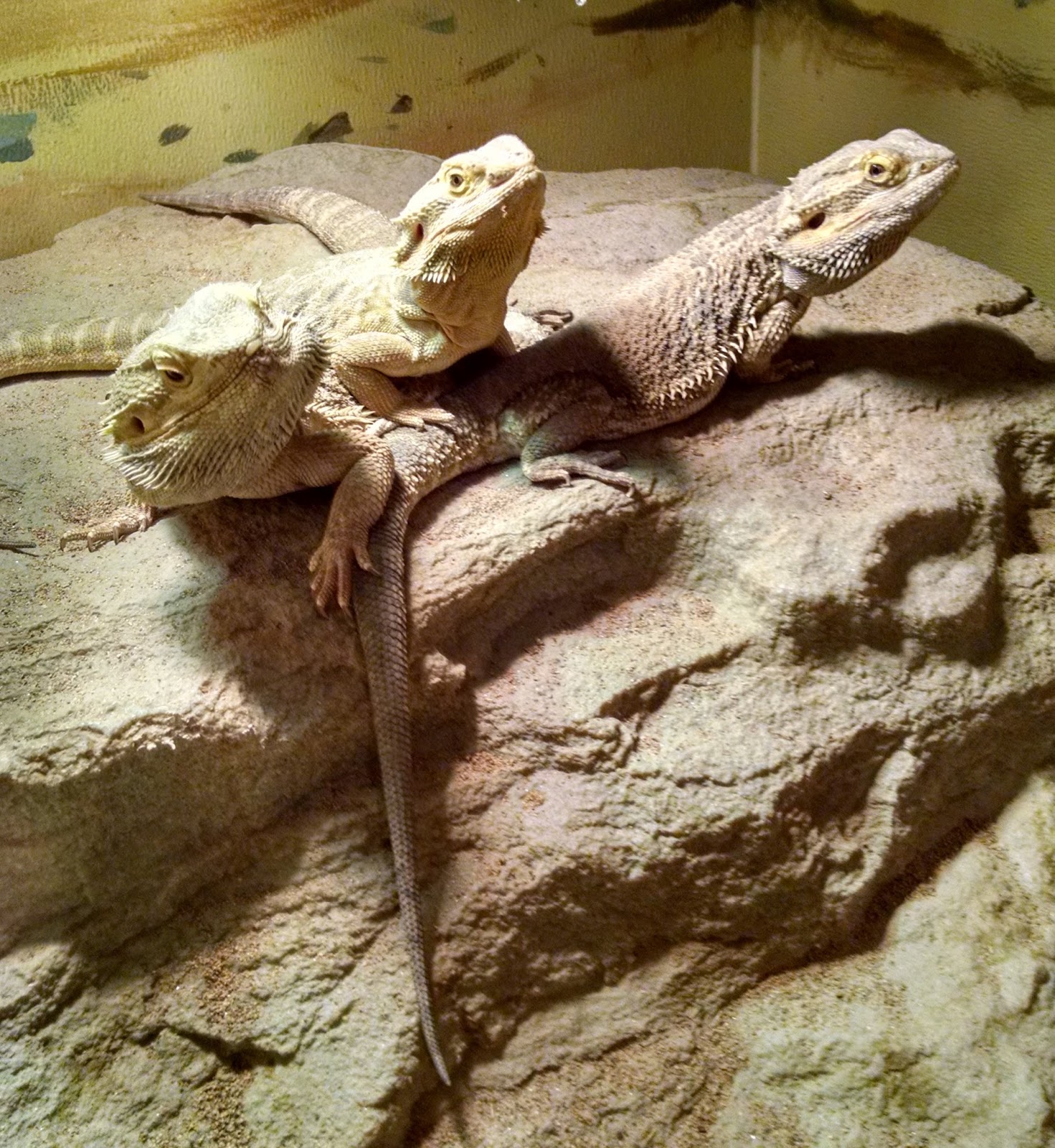The Ultimate Guide to Bearded Dragon Humidity Levels for Beginners
Introduction
Bearded dragons are a popular pet choice for reptile enthusiasts. These friendly and curious creatures require specific living conditions to thrive, including appropriate temperatures, lighting, and humidity levels. In this guide, we’ll focus specifically on the importance of humidity levels for bearded dragons, and how to maintain optimal levels for their health and well-being.

Why Are Humidity Levels Important for Bearded Dragons?
Bearded dragons are native to the arid regions of Australia, which means they are adapted to relatively dry environments. However, they still require some level of humidity to support their overall health and wellness. Specifically, bearded dragons need humidity to:
- Shed their skin properly
- Stay hydrated
- Support respiratory health
- Regulate their body temperature
What Are the Ideal Humidity Levels for Bearded Dragons?
The ideal humidity levels for bearded dragons vary depending on their age and stage of development. Specifically:
- Hatchlings (0-3 months): 30-40%
- Juveniles (3-12 months): 20-30%
- Adults (12+ months): 20-30%
It’s important to note that maintaining consistent humidity levels is more important than hitting a specific number. Additionally, it’s essential to monitor both the air humidity and substrate (i.e., the material lining the enclosure floor) humidity levels to ensure proper hydration and respiratory health for your bearded dragon.

How to Maintain Proper Humidity Levels for Bearded Dragons
There are several key strategies you can use to ensure optimal humidity levels for your bearded dragon, including:
1. Provide a Proper Enclosure
Bearded dragons require specific living conditions to stay healthy and happy, and their enclosure is a crucial component of this. A proper enclosure should include:
- Glass, plastic, or wooden walls
- A secure lid to prevent escape
- A substrate lining the floor (e.g., reptile carpet, paper towels, or newspaper)
- Multiple hiding spots and basking areas
- An appropriately sized water dish
- A hygrometer to measure humidity levels

2. Mist Your Bearded Dragon’s Enclosure
Misting your bearded dragon’s enclosure with a spray bottle can help raise humidity levels. However, it’s important not to overdo it, as too much moisture can lead to bacterial and fungal growth. Aim to mist the enclosure once or twice a day, with a few sprays per session.
3. Add a Humid Hide
A humid hide is an enclosed area within your bearded dragon’s enclosure that is intentionally kept more humid than the rest of the enclosure. This can be achieved by adding damp sphagnum moss or moist paper towels to the hide. This provides a safe and comfortable area for your bearded dragon to retreat to when they need extra moisture. However, it’s important to monitor the humid hide closely to avoid excessive moisture buildup.

4. Adjust Your Bearded Dragon’s Soaking Schedule
Bearded dragons require access to fresh water for drinking and soaking. Soaking is particularly important for hydration and shedding. However, soaking too frequently can also raise humidity levels excessively, which can lead to respiratory problems. Aim to soak your bearded dragon once or twice a week, but adjust this schedule as needed based on the humidity levels in their enclosure.
Conclusion
Maintaining proper humidity levels is an essential component of caring for a bearded dragon effectively. By ensuring your bearded dragon’s enclosure provides the right conditions, misting as needed, providing a humid hide, and adjusting your soaking schedule, you can help your pet thrive and enjoy a long, healthy life. Remember to monitor humidity levels regularly and adjust your care strategies as needed based on your bearded dragon’s individual needs.

